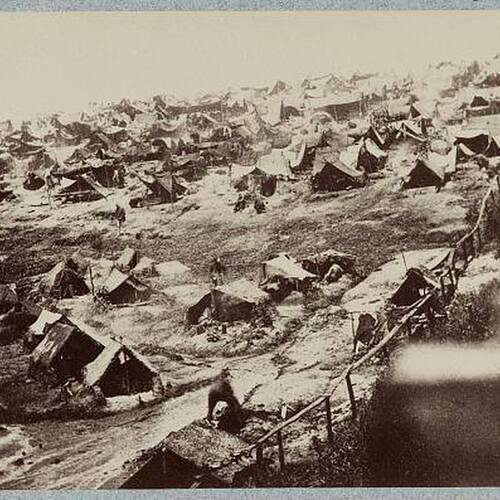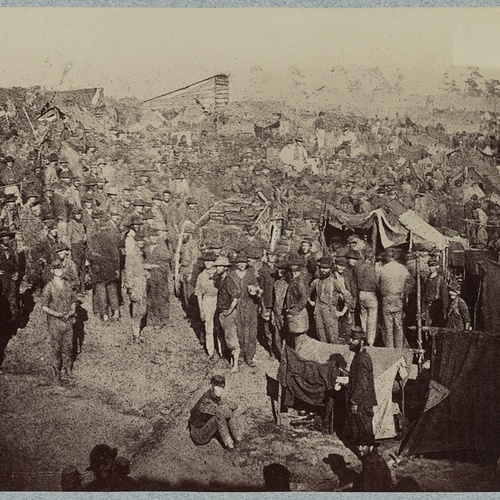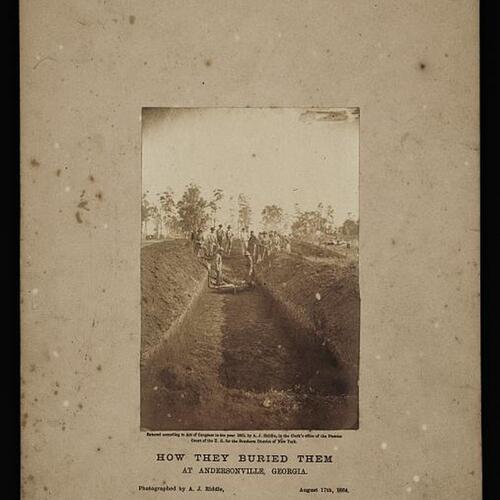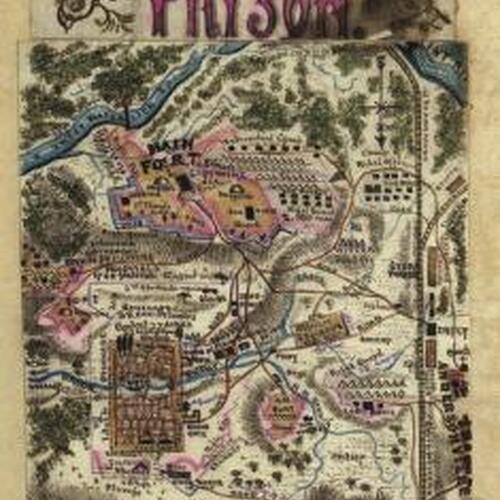Overview of Andersonville
The Civil War prisoner of war camps were all horrendous, but Andersonville (also known as Camp Sumter) stands out due to the sheer number of people who died in the camp in such a short time. Operating for just one year (from 1864 -1865) over 12,000 Union soldiers lost their lives. Out of the 12,000+, 460 were buried in nameless graves marked as "Unknown U.S. soldier." Mass grave burials were normal at the camp due to the quick death rate.
Andersonville POW camp is notorious due to its high death toll and horrendous conditions. Not only did the camp lack proper resources and functionality for the amount of prisoners it housed, but those in charge abused the prisoners. The inhumane conditions of the camp caused the death of the Union soldiers, dying from infected wounds, illness, starvation, and dehydration. After the Civil War, the general in charge of the Andersonville POW camp was charged with war crimes for his treatment of prisoners.
One of the cornerstone causes for the failure of Andersonville was the infrastructure. The camp lacked the resources and space for the mass amount of prisoners, causing scarcity. Prisoners were subjected to intense infections, malnutrition, dehydration and other such issues. Without proper resources treatable issues became a matter of life and death for the Union POWs. While it is true there was scarcity, deprivation was also the case. Abuse was common amongst the Confederate soldiers who ran the camp. There was a mutually feeding issue of scarcity and forced scarcity taking place at the camp. While the POWs may have been off of the battlefield, the war was still taking place.
Prisoners did not receive proper medical aid for wounds and illness, leading to infections and worsened physical conditions. The camp's facilities were extremely dirty which heightened contagions. Sick and wounded, prisoners were left dehydrated and malnourished not only due to the camp's lack of resources, but also due to intentional withholding by the camp's leaders. The extent to which the problems at Andersonville were due to conditions versus due to abuse is unclear as there are many different narratives told simultaneously. There are the Confederate documents requesting aid, and the survivors' stories of treatment in the camp.




